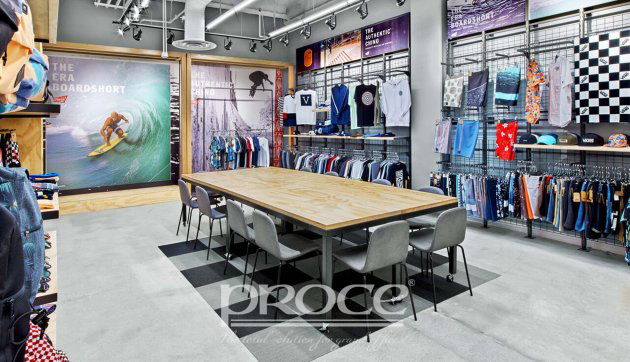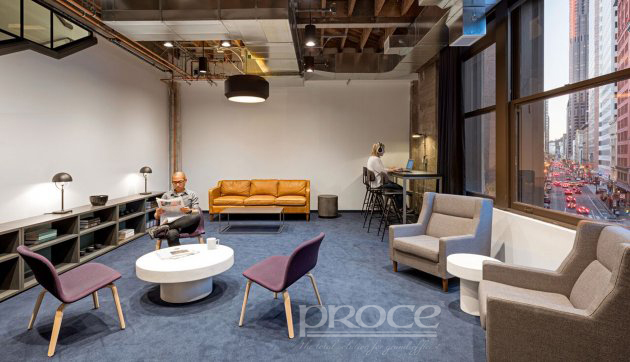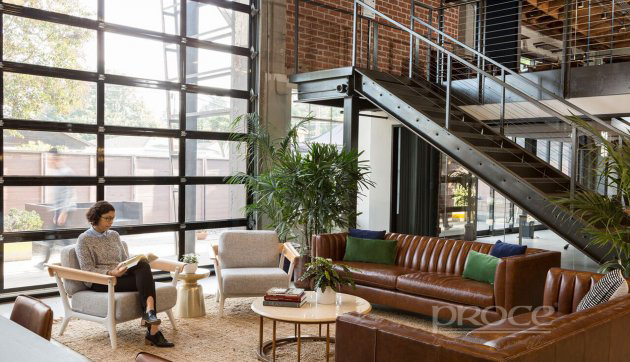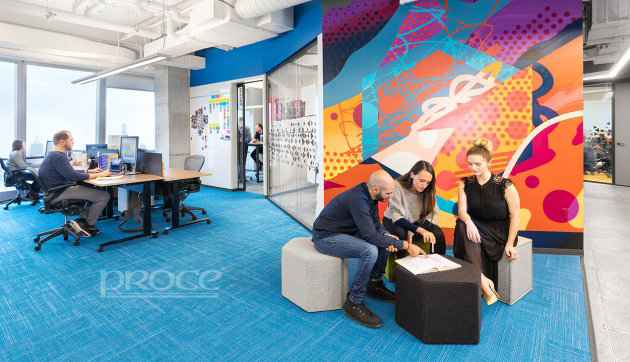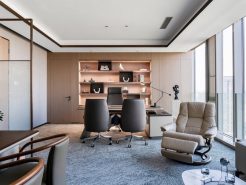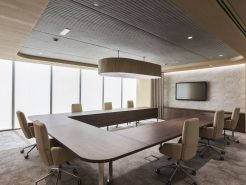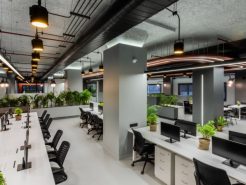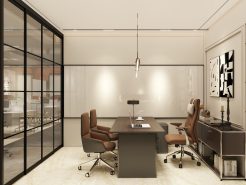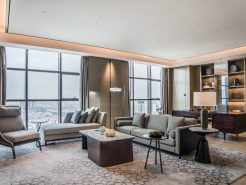Every company has unique needs when it comes to its office. But as Inc. sifts through the contenders for the World’s Coolest Offices list each year, several design elements and philosophies tend to run through many of the hottest, newest spaces.
We spoke with some of the designers behind these offices to find out what’s on trend in 2018.
1. Meeting rooms designated for one particular team.
Why should you have to share? For starters, a team with a room of its own can hang whatever it wants on the walls. At Vans’ new Southern California office, product and design teams get their own war rooms. “It ends up playing a role in the team’s collaborative process,” says David Galullo, CEO of Rapt Studio, which designed the office. “The memory of that entire product development cycle is in that space.”
2. Casual spaces for individual work.
As remote work becomes more common, more employees are getting used to being productive at places besides their desk. So a growing number of offices are incorporating libraries, cafes, and lounges meant for solo work. Ideally, they’re strategically placed as destinations, instead of along thoroughfares, to minimize distraction. “The space comes with rules,” says Galullo. “It’s a quiet space. You’re with other people, but they’re not on their cell phones, and they’re not talking to each other.”
3. Acoustics controls.
Collaboration is great–and often necessary–but it doesn’t always bode well for those trying to do work on their own. To that end, more companies are trying to control the way sound travels throughout their digs. Adding carpeting to areas that have traditionally remained bare, like corridors, is one solution. Furniture and plants can help absorb some ambient sound. And acoustic screens can line your meeting room walls or communal areas.
4. Room to break up the monotony.
Long rows of desks get boring. Break up the monotony with seating areas or meeting spaces. Give different regions of the office different themes. At BCG Digital Ventures’s new New York City office, employees navigate a labyrinth that weaves around conference rooms and lounges. “It’s complex, almost to the point where someone needs a map to navigate it,” says Christian Robert, co-founder of R&A, the firm behind the design. “It keeps your interest.”
5. Visual reminders of why employees come to work every day.
Most employees want to feel a sense of purpose when it comes to their job. An office’s design can help nurture that by weaving the company’s DNA throughout it–in wall art, furniture, decor, and signage. When it designed Ancestry.com’sh headquarters, Rapt Studio included tapestries and wall coverings from around the globe and hung portraits of employees beside old photos of their ancestors. “Millennials in particular want to come to work and feel like they’re part of something larger than themselves,” Galullo says. “Your design is a chance to remind them why they’re there and why this brand is important to the world.”


